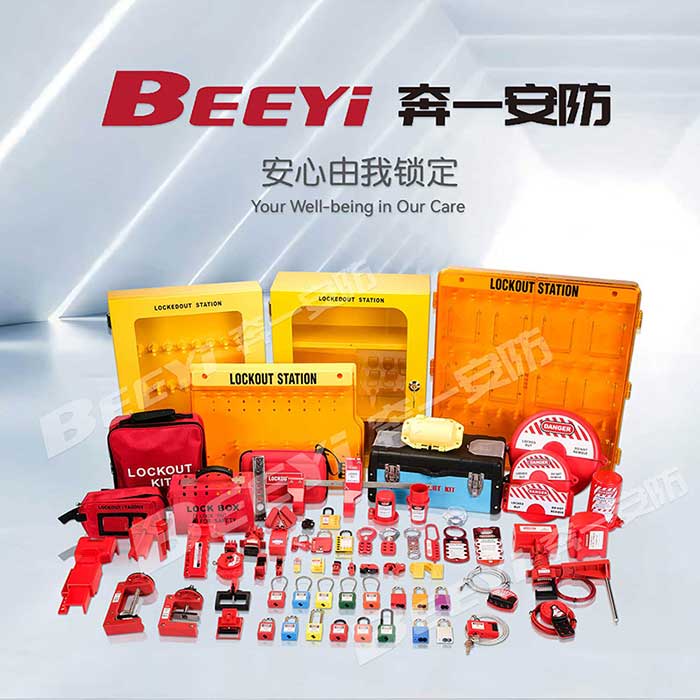Lockout is a critical safety protocol implemented in various sectors, primarily in industrial environments, to prevent accidents and injuries during equipment maintenance and repair. While the term “lockout” can be applied in different contexts, its most significant impact is in industries where machinery or systems pose potential hazards to workers. This article will explore the concept of lockout, its importance, the lockout/tagout (LOTO) procedure, and the role it plays in maintaining a safe work environment.

What is Lockout? Lockout refers to the practice of locking out energy sources—such as electrical, mechanical, hydraulic, or pneumatic power—that control a machine or system. This action ensures that equipment cannot be started or operated while workers are servicing or repairing it. The goal of lockout is to protect workers from potential harm caused by the accidental startup of machinery or the release of hazardous energy during maintenance activities. In its simplest form, lockout involves placing a physical lock on the equipment’s power source to prevent unauthorized or unintended activation. A lockout device typically includes a lock, key, and a tag that provides a clear warning that the equipment is under maintenance and should not be used.